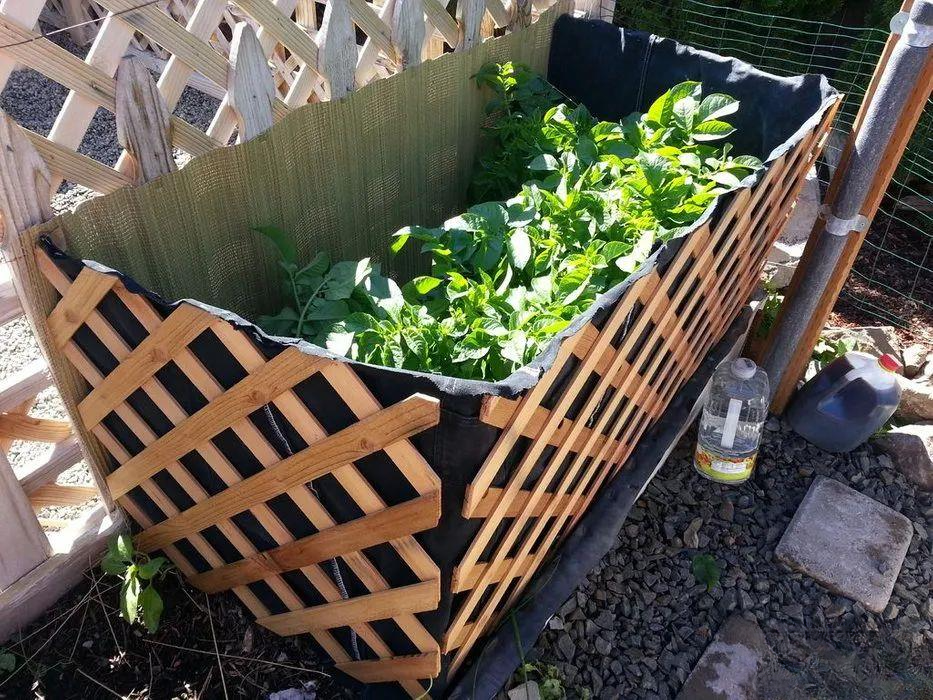Reply to " tutorial " to send you a special push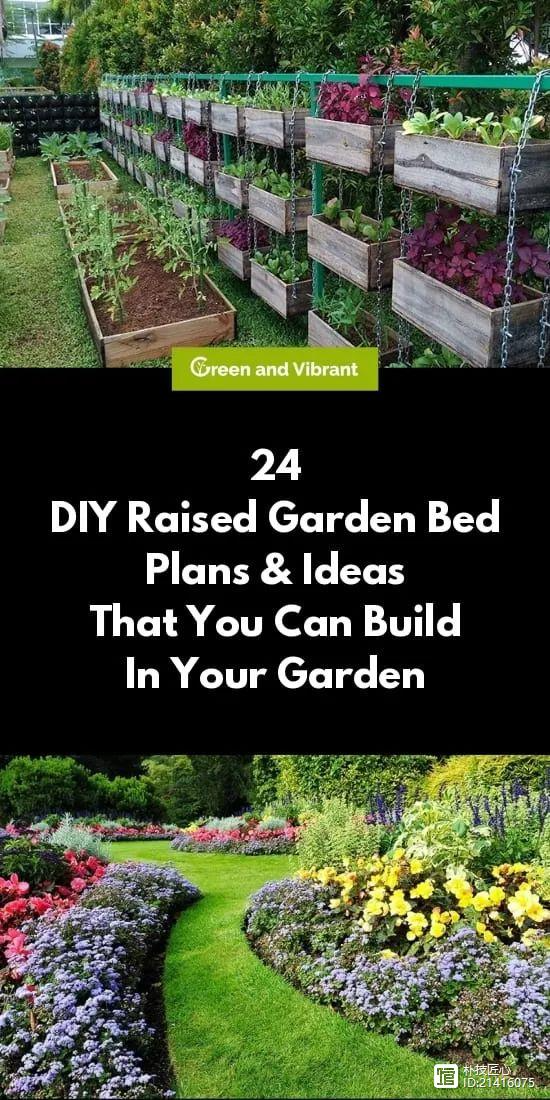
Editor-in-Chief: MRJANE | ID: PUJIJIANGXIN
Translation: awu | Image: Google
Please enter authorization in the background for reprinting
If you have an unused yard or a large balcony at home and want to build a flower garden or vegetable garden, but find it difficult to plan and start, and the vegetable garden you have built is not beautiful, you can consider an elevated planting bed. It can perfectly combine your garden and vegetable field, making it both ornamental and practical!Raised beds may sound unfamiliar and uncommon, but they're actually quite popular in Europe and the United States. Most people prefer wooden raised beds. Other options include metal, concrete, stone, and other materials. Many talented farmers and manufacturers are constantly coming up with new designs, adding to the variety. Making your own raised bed is easy. Read on for a step-by-step guide—you'll learn how to make one!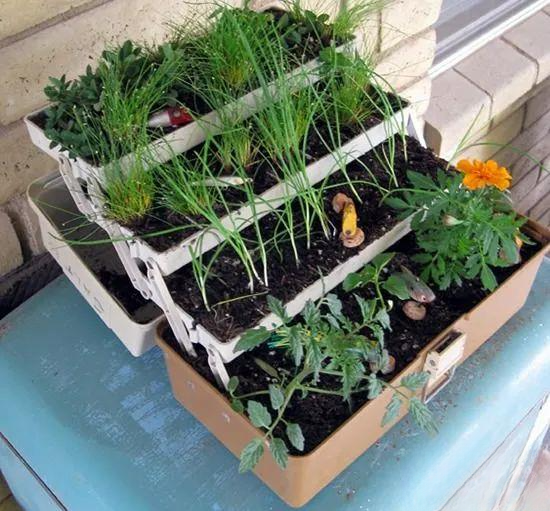
Advantages of Raised Planting Beds
Regardless of the form, raised planting beds offer many advantages:
If your vegetable or flower garden has low-quality or contaminated soil, you can create a raised bed in the ideal location and fill it with high-quality soil and compost. This is much easier for home gardeners than remediating the original soil.If you don't have a vegetable patch, building a raised planting bed on a balcony or terrace is the best option.You can also create vegetable or flower gardens on concrete surfaces by using raised planting beds, without disturbing the existing installation.In most cases, raised beds are easier to protect than regular ground-level vegetable garden beds. They are also more easily protected from frost.Maintaining gardening will be much easier in raised planting beds, especially those designed to accommodate your height.You might be able to repurpose items like old wheelbarrows and tires to create raised planting beds. By doing so, you'll be contributing to solving humanity's global waste crisis.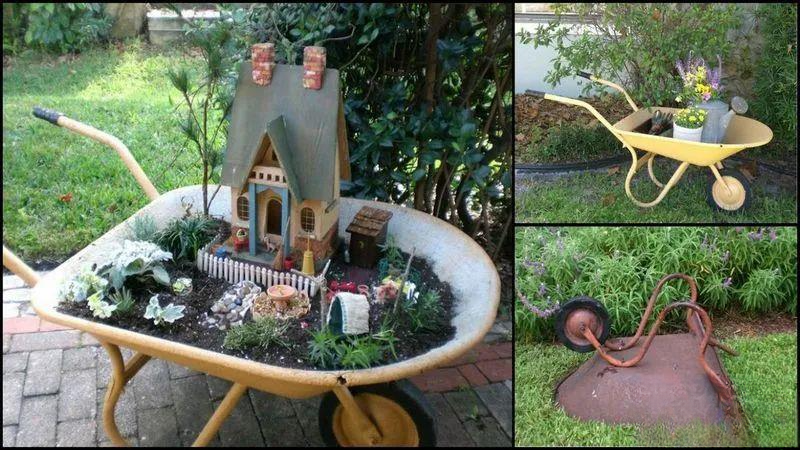
Below is a list of 24 raised bed projects you can build yourself. These projects vary in difficulty, so choose wisely based on your experience level.Raised planting beds made from old tires
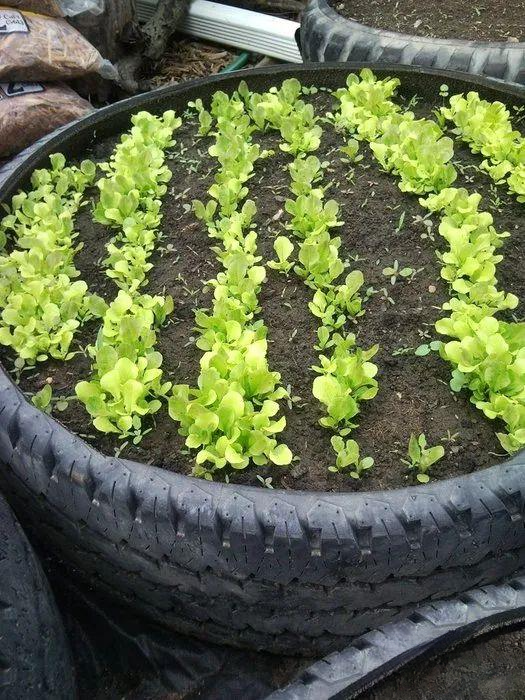
Further reading: Tire landscaping! Create a unique farm gardenFurther reading: How to transform garden bonsai from waste tires - video and graphic tutorial
Advantages: easy to obtain, easy to manufacture, and waste can be recycled.Cons: Potential for leaching harmful chemicals (debatable) and overheating in the sun.Wheelbarrow Raised Planting Bed
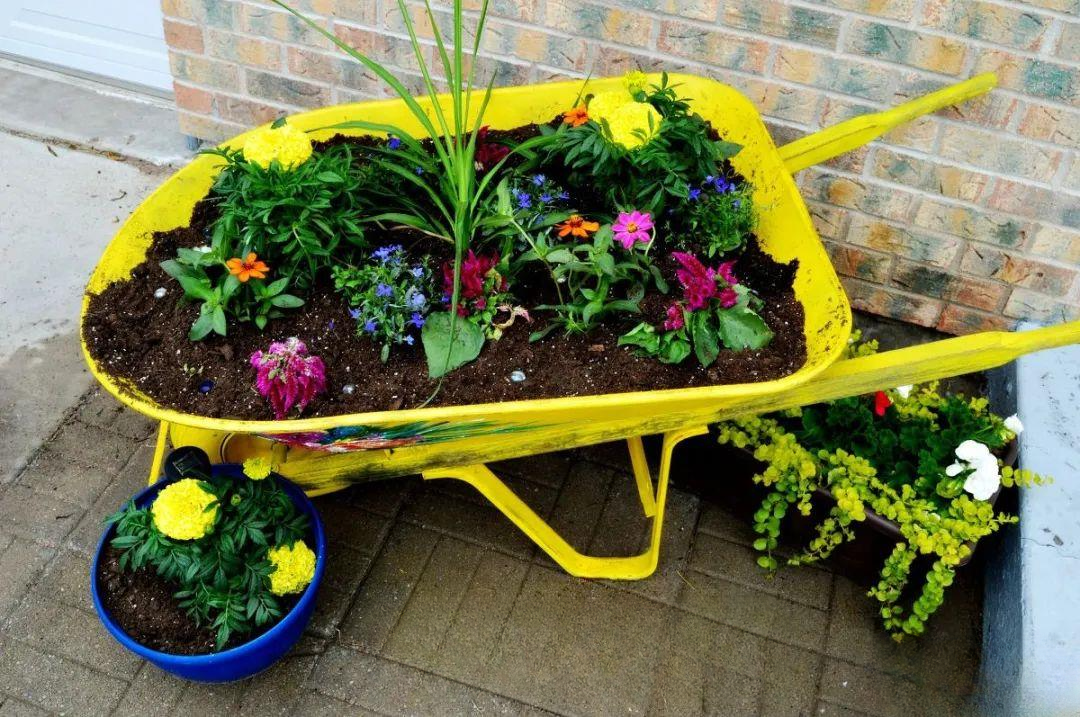
Advantages: simple, removable, and recyclable.Disadvantages: Will rust, limited size.Neat Classic Raised Bed Planter Box
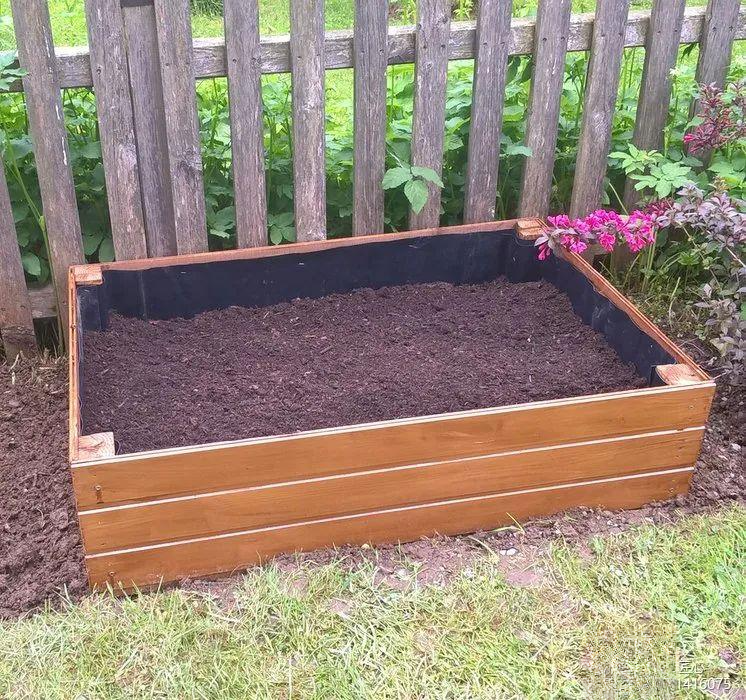
Pros: A classic and sophisticated raised bed.Cons: The size may limit the growth of some larger plants or crops, but you can always adjust the measures.Keyhole planting bed made from recycled materials
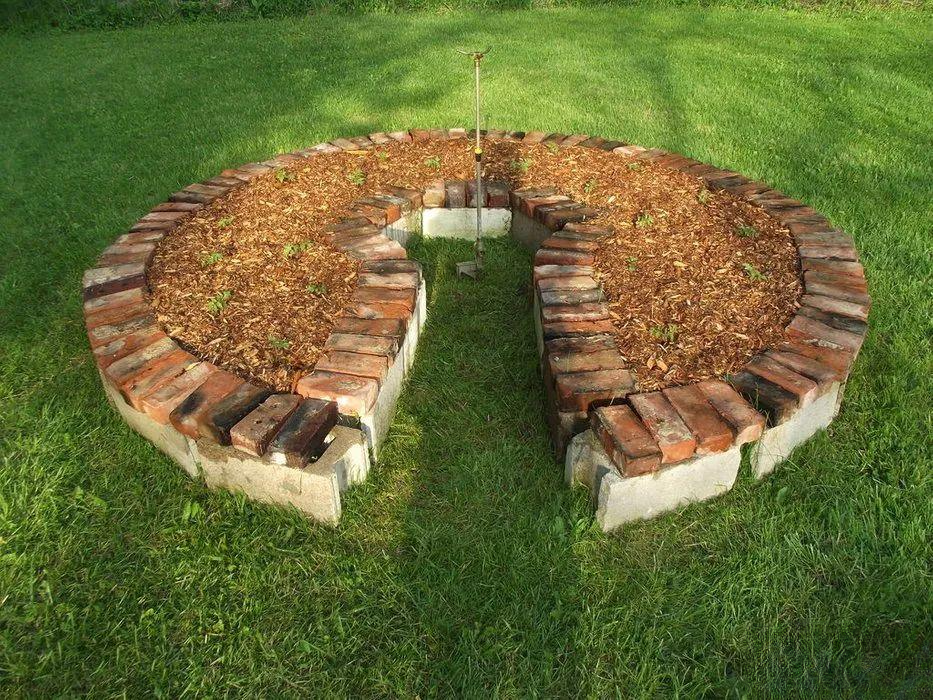
Pros: No tools required, free materials, smart design.Cons: Involves heavy work, some may look a bit too sketchy.Octagonal raised planting bed
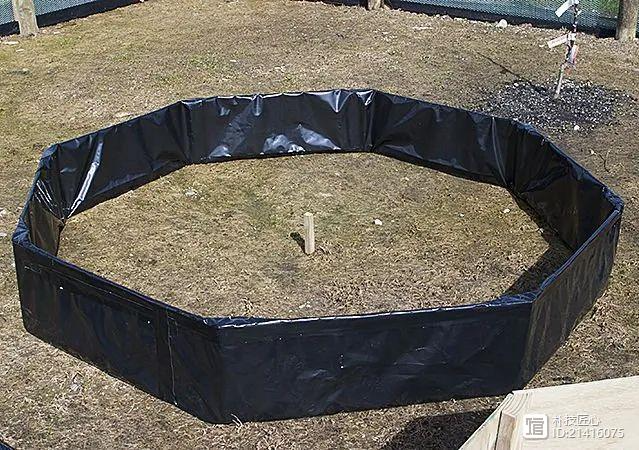
Advantages: Interesting shape, stable, large volume, lightweight, good isolation and corrosion resistance.Cons: Requires skill and tools to make, some may not like the plastic wrapping on the outside; difficult to reach the center of the bed.Pyramid Raised Planting Beds
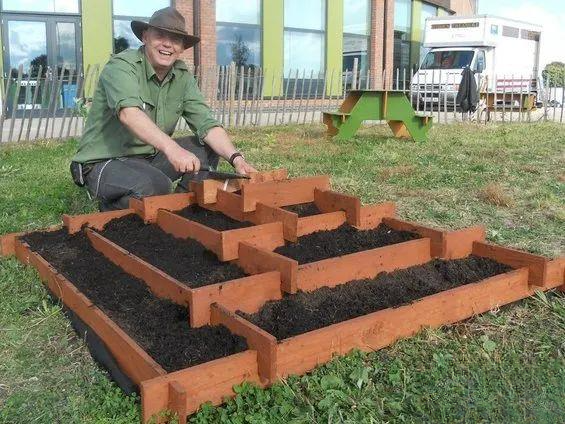
Pros: Cool design, allows for more plants to be grown in a limited area.Disadvantages: Wood is not water-insulated by the plastic lining, making it difficult to adapt to the design. If not treated, the wood may rot over time due to soil leaching. The winning option is to use a truly durable wood, such as cedar.Concrete flagstone raised planting beds
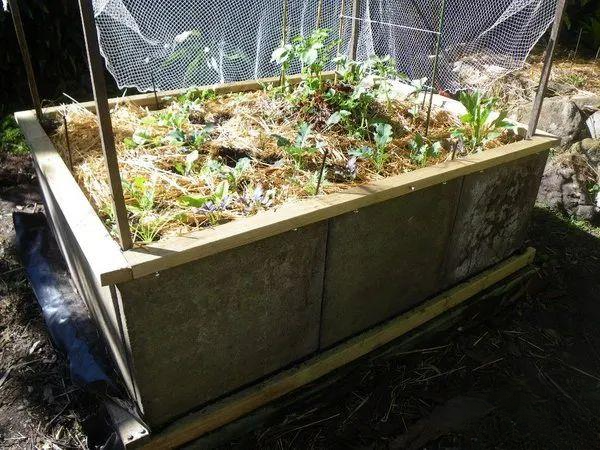
Advantages: Strong, no attenuation.Disadvantages: Involves heavy work, requires extra effort to ensure safety, less aesthetically pleasing.Side note: Concrete will trap more heat than wood, especially in the sun. This can be a good or bad thing depending on what you're going to be growing, but it's something to consider either way.Wooden stick raised planting bed
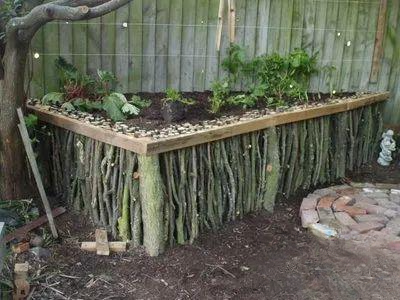
Advantages: Beautiful natural contours and overall appearance, free material.Disadvantages: Securing irregularly shaped sticks in line can be challenging, especially if you don't want them to protrude. Accidentally introducing diseased branches can introduce potential pests into your vegetable or flower garden.Modern indoor elevated flower boxes
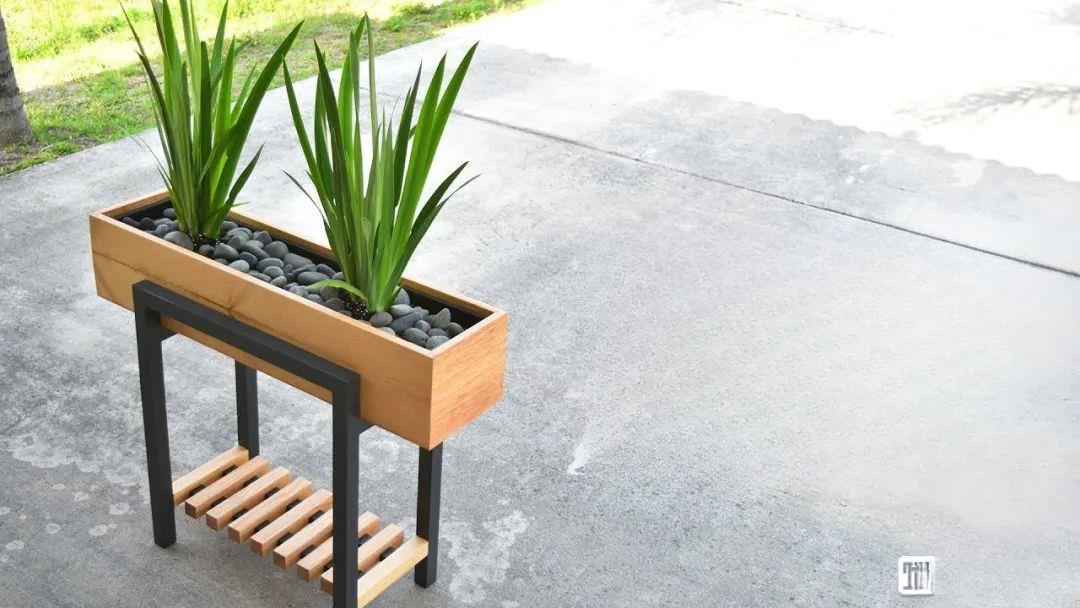
The video is limited, please move to the next article to watch!
Pros: Simple, stylish, all-wood, with an extra shelf.Cons: Designed for interiors; can be challenging to use without specialized tools.Modern outdoor elevated planter boxes
Advantages: Stylish appearance, large size, can be used outdoors.Cons: Can be a bit challenging without specialized tools. Doesn't specify how the wood was selected or treated to make it durable in exterior conditions.Triangular Tray Raised Planting Bed
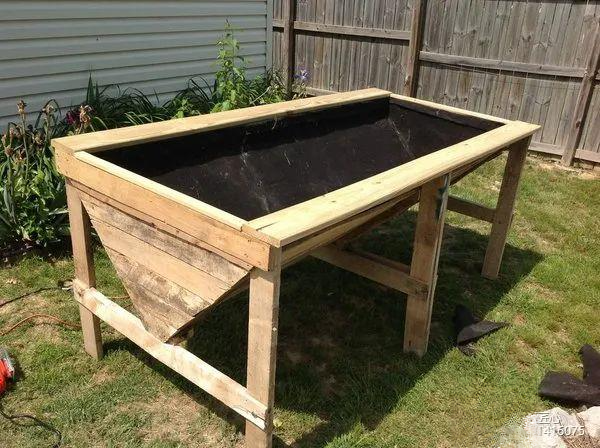
Advantages: Cheap and stable.Cons: Some people may not like the rough surface of the pallet boards. There may not be enough space for plants with large root systems.Five-grid raised planting bed
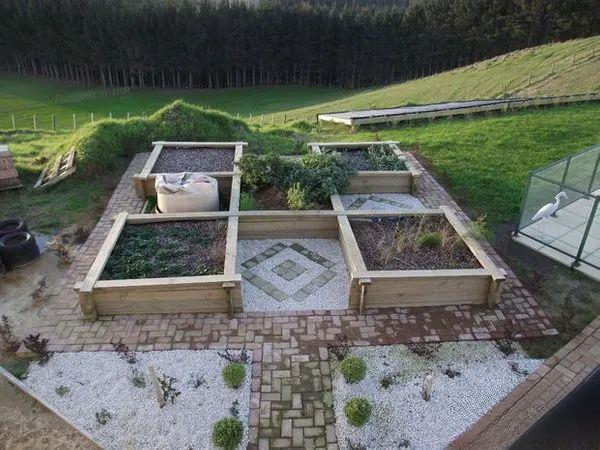
Advantages: No screw assembly, simple design.Cons: Some people may still be hesitant to use pressure-treated wood, but any of the other options will work just fine.Metal raised planting bed
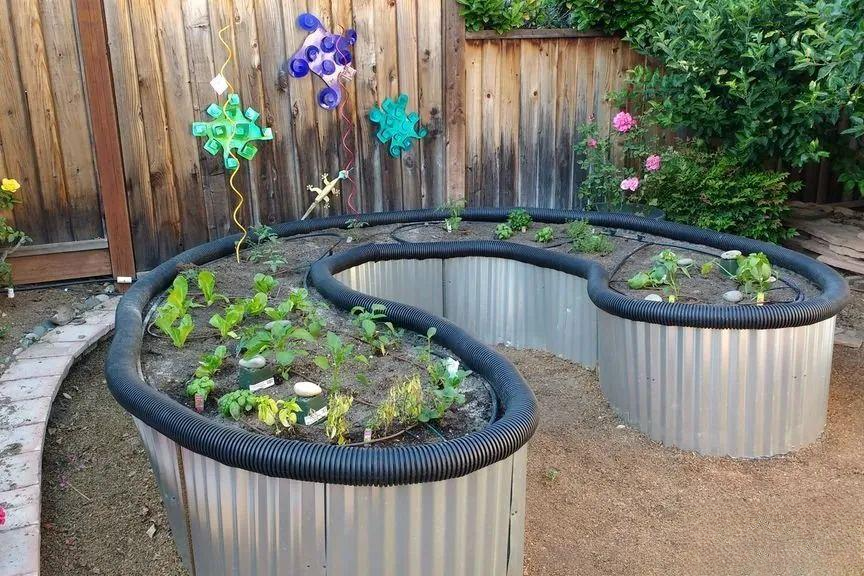
Advantages: Long-lasting, economical, and can create atypical and interesting shapes.Cons: The metal can get very hot in the sun, so be careful.Waste barrel raised planting bed
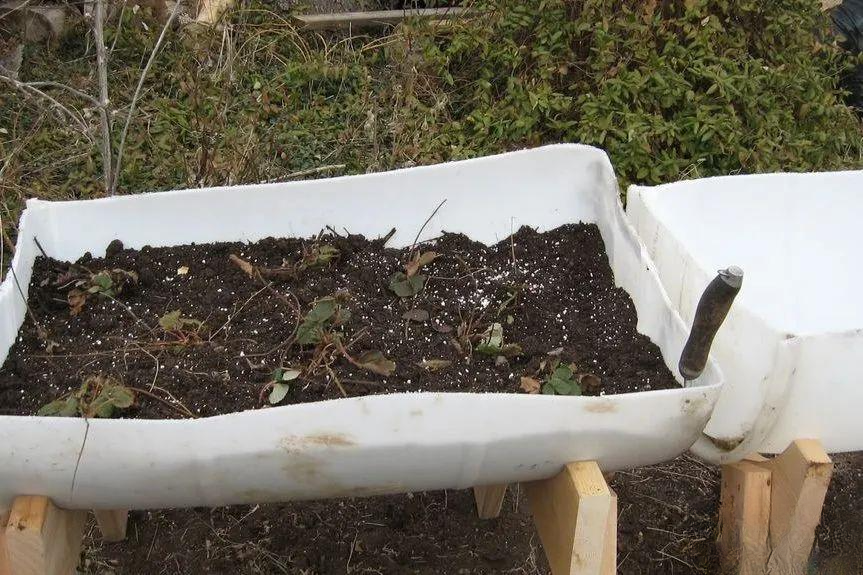
Pros: Safe food-grade plastic, this material is generally readily available (and cheap), and easy to fabricate (involves some cutting).Disadvantages: Appearance.Raised beds for potato planting
Pros: Easy to build, uses recycled/repurposed materials, great for potato farming.Cons: Don't expect your raised bed to last more than one growing season.Frost-Protected Raised Planting Beds
Pros: Easy to construct, a very practical planting bed every garden should have.Disadvantages: Plastic covers are lighter and safer, but also have poorer transparency and appearance.Frost-Proofing Old Windows Raised Planting Beds
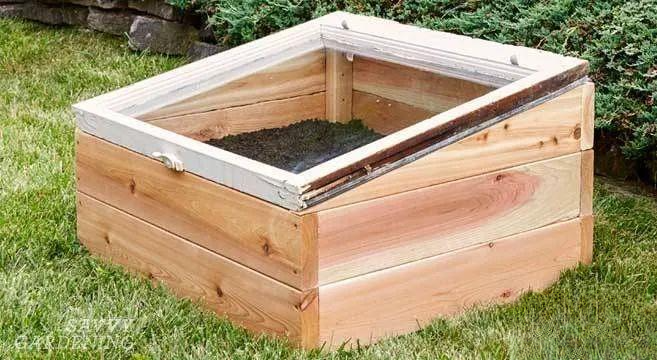
Advantages: Easy construction and old windows can be reused.Disadvantages: Be careful of broken glass if the window falls.Non-irrigated raised planting beds
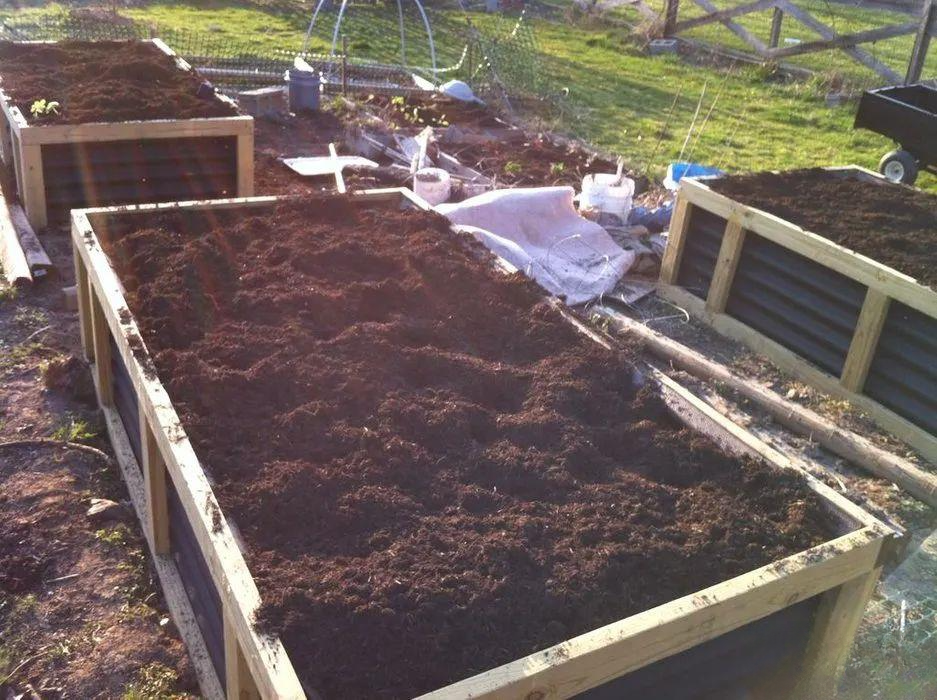
Further reading: Permaculture Design: How to Create Your Own Hygroscopic Planting Bed
Advantages: Easy to construct and materials can be reused.Stacking "Premium" Raised Beds of Used Tires
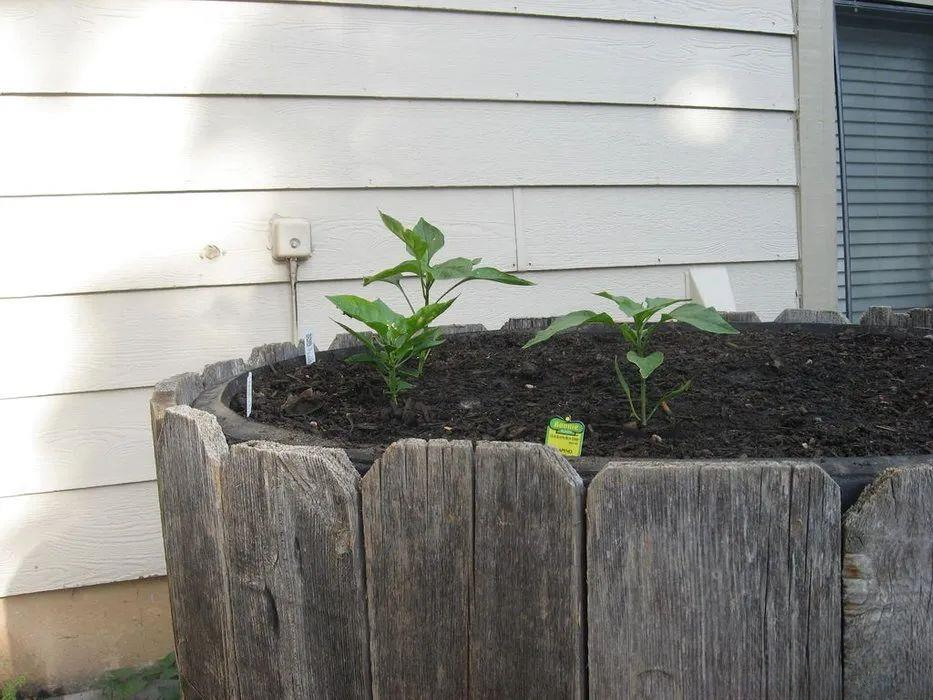
Pros: Readily available materials that would otherwise go to landfill; easy to construct.Disadvantages: There is always uncertainty about tires leaching chemicals into the soil.Concrete panel raised beds

Advantages: Long-lasting solution, modular, no plastic lining required.Cons: Can look a bit dull (depends on your personal taste).Planter Wall Block Raised Planting Bed
Pros: A really easy way to build a raised bed.Cast concrete planting beds
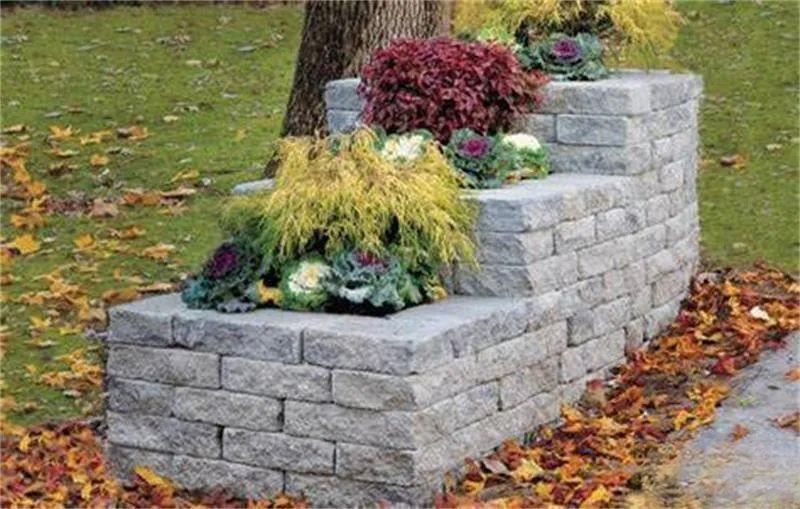
The video is limited, please move to the next article to watch!
Pros: Easy to construct for stone planters.Cons: This is concrete, not real stone.Dry Stone Raised Planting Beds
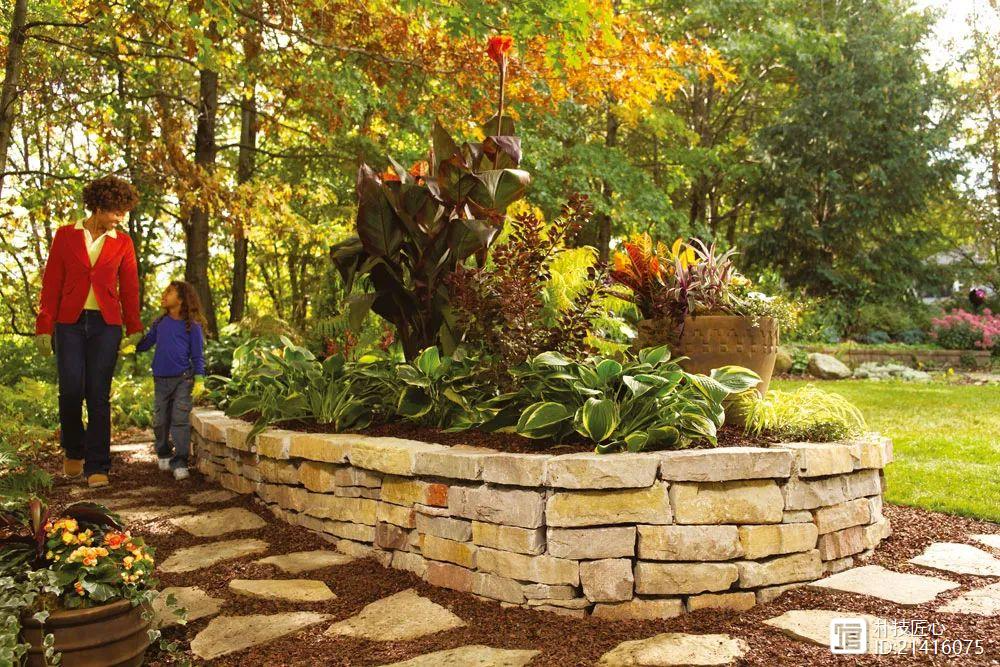
Pros: The beauty of natural stone is hard to match.Disadvantages: Requires real stone masonry skills (albeit on a small scale).Cedar Bench/Raised Planting Bed
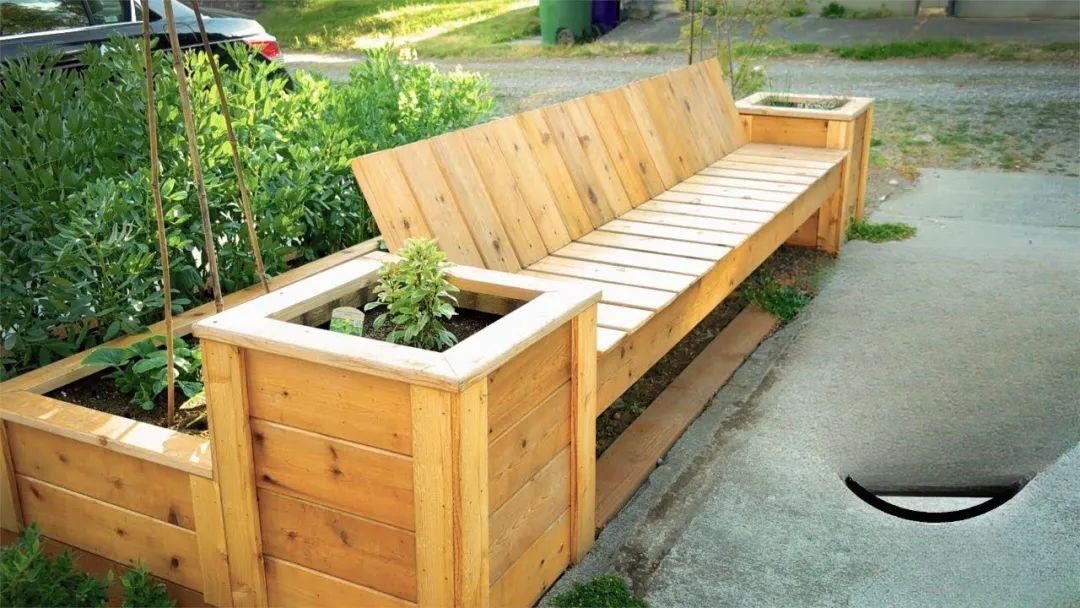
The video is limited, please move to the next article to watch!
Advantages: Authentic, practical, comfortable in appearance, and an environmentally friendly garden with great potential.Disadvantages: Size and complexity require skills and experience, or professional help.
If you grow lettuce in raised beds, you can get excellent yields by planting it alongside one or more of the following vegetables: cabbage, cauliflower, carrots, beetroot, onions, garlic, leeks, cucumbers, beans or strawberries.

















